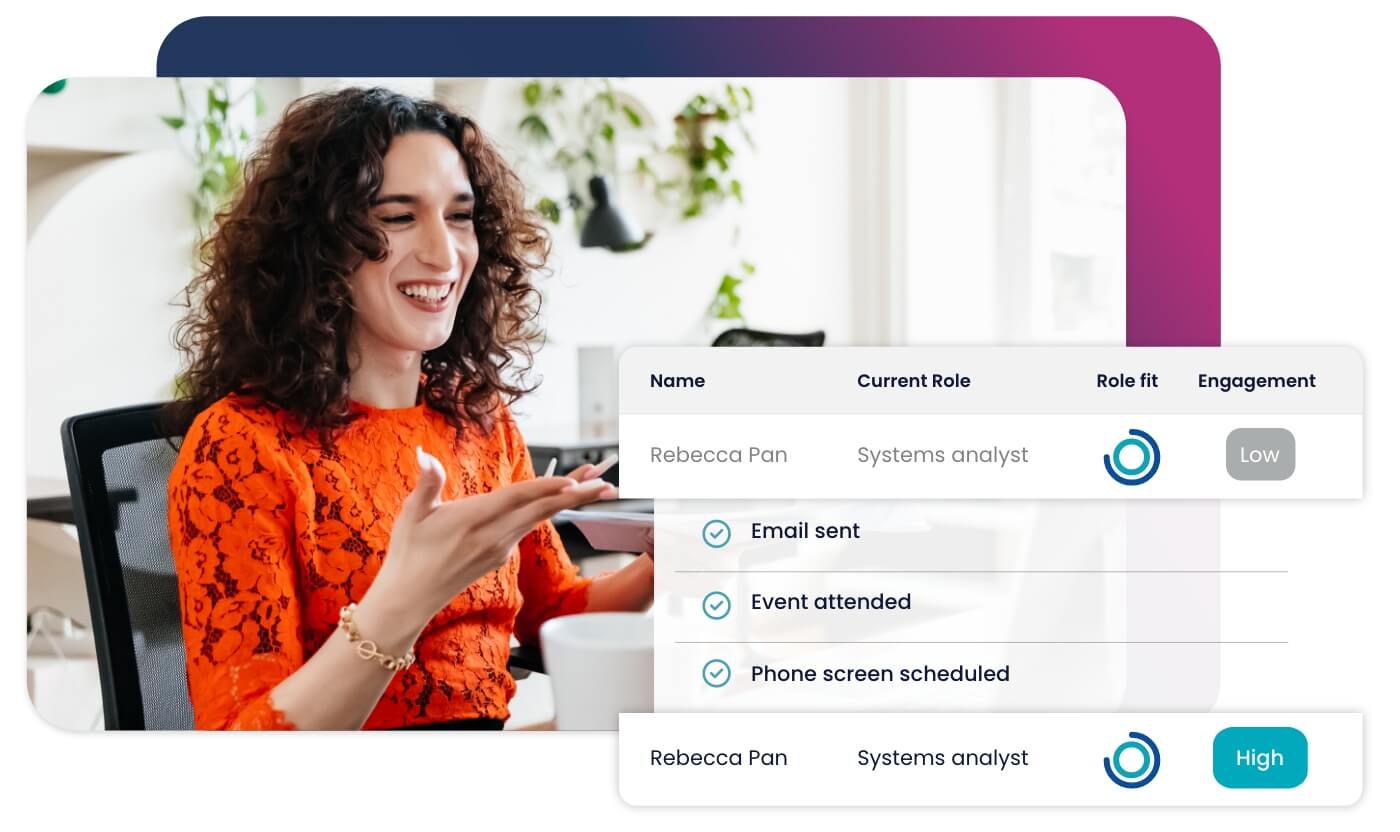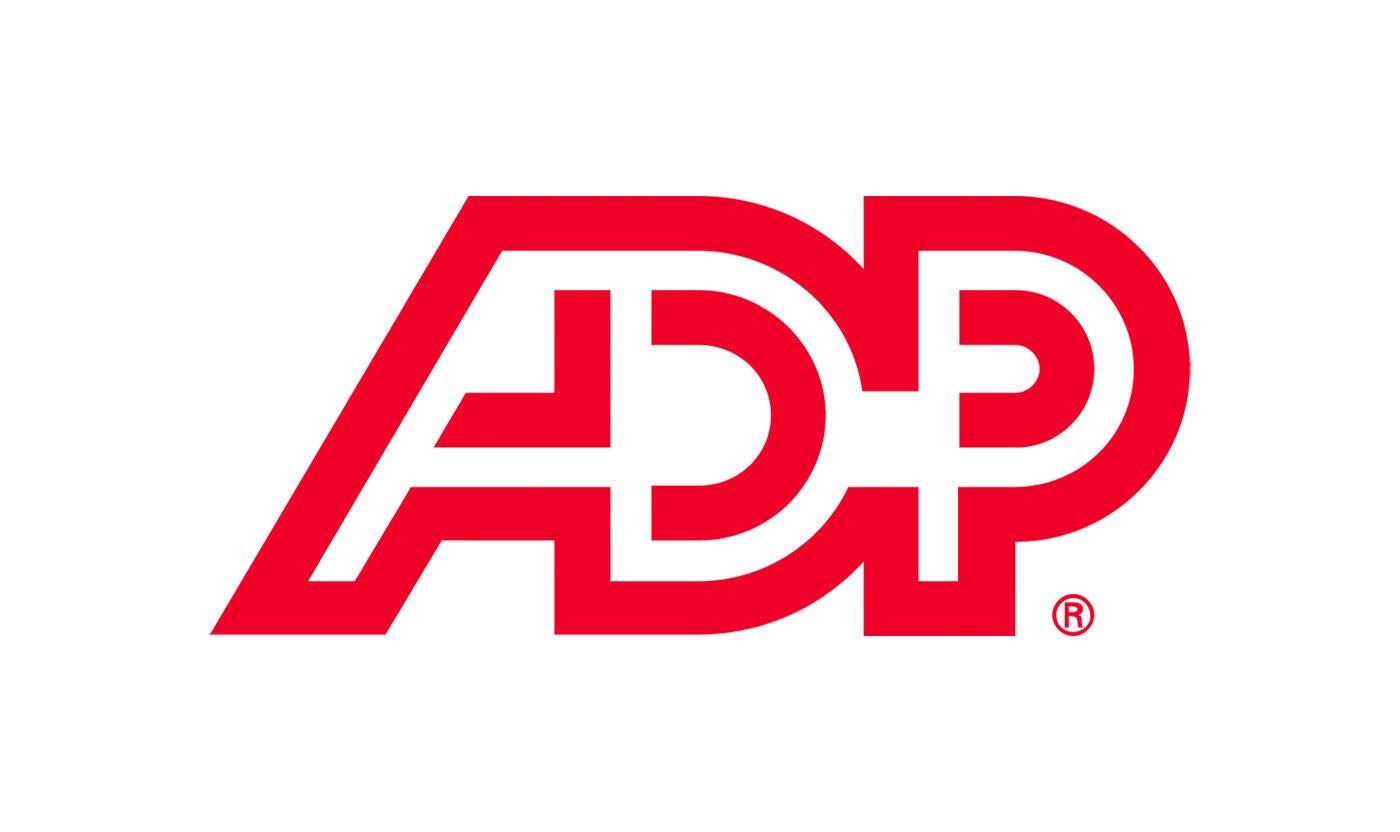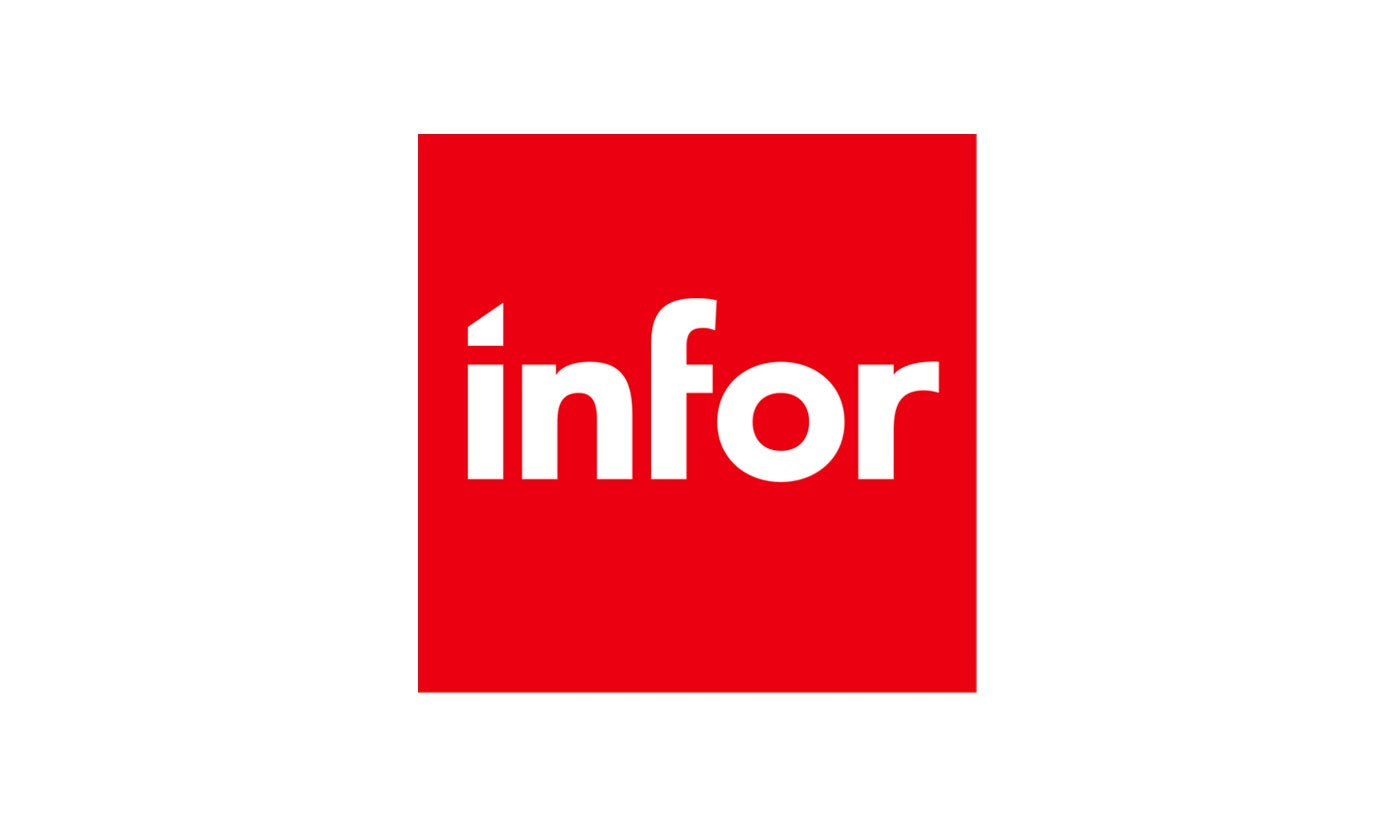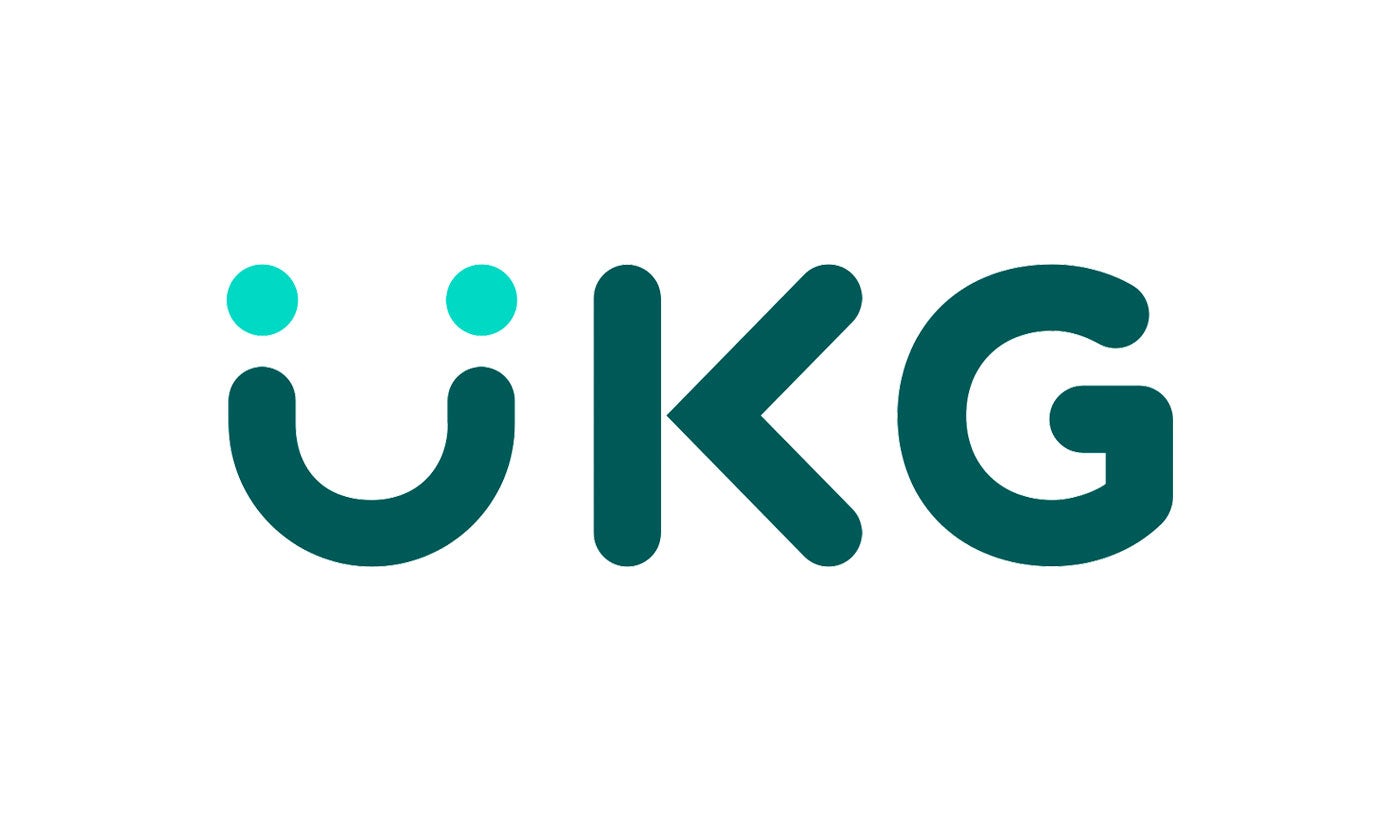





Accelerate hiring key talent to deliver care and exceed patient satisfaction.

Attract skilled candidates, speed up hiring and grow expertise in your workforce.

Simplify recruiting finance and banking talent with a platform for hard-to-fill roles.


Build a talent pipeline that engages and drives your business forward.


See how diverse and global enterprises use iCIMS to employ millions, drive innovation and connect communities worldwide.

Uncover unique market insights, explore best practices and gain access to talent experts across our library of content.


View press releases, media coverage, the latest hiring data and see what analysts are saying about iCIMS.


Streamline your tech stack and take advantage of a better user experience and stronger data governance with ADP and iCIMS.

The combined power of iCIMS and Infor helps organizations strategically align their business and talent objectives.

Our award-winning partnership with Microsoft is grounded in a shared desire to transform the workplace and the hiring team experience.

Our partnership with Ultimate Kronos Group (UKG) supports the entire talent lifecycle by bringing frictionless recruiting solutions to UKG Pro Onboarding.
Seeking referrals from individuals in your CRM who aren’t actively seeking a new job might seem unusual, but it’s a strategic move. Even if they’re not on the hunt, these individuals often have extensive networks. Asking them for referrals lets you tap into their connections and discover promising candidates. Building these relationships isn’t just about finding more talent; it’s about creating a network that benefits everyone and setting the groundwork for future collaboration and support.

Channels run:
Email | Text
KPIs affected:
Pipeline growth | Number of applications
Cost per applicant
Subject: Got friends? [Your organization’s name] is seeking referrals
Body: Hi [candidate’s name],
I hope you’re doing well.
Last time we talked, you weren’t interested in pursuing new opportunities.
We’re currently seeking talent for the following roles and are wondering if you know anyone in your network looking for their next career move:
· [Role 1]
· [Role 2]
· [Role 3]
Thanks for considering this, and feel free to forward this email or pass along my details to anyone in your network who may be interested.
If they want to know more, here are some reasons people join the [your organization’s name] team: [link to blog post or video].
Best regards,
[recruiter/sourcer name]
Subject: Seeking referrals for roles at [your organization’s name]
Body: Hello [candidate’s name],
Just a quick follow-up on my previous email about potential referrals for open roles at [your organization’s name]. Your network insight could be invaluable here. If you’ve had a chance to consider anyone or have any leads, I’d appreciate your help. If now isn’t the right time, no problem.
Any assistance or connections you can offer would be greatly appreciated by us and people in your network who are looking for the next big step in their career. If you know anyone who’s a great fit, please pass along this email and/or my contact information. If they want to know more before reaching out, feel free to send them these reasons people love working at [your organization’s name]: [link to blog post or video].
Thanks for your time.
Best regards,
[recruiter/sourcer name]
A text message can help you reach those who aren’t big fans of email or who are always on the go. When you’re seeking referrals from their personal networks, a text might make sense because they can simply forward their friend or former colleague’s contact information to you.
“Hey [candidate’s name], this is [your name], [your title] from [your organization].
I know you’re not currently looking, but I wanted to chat about some job openings we have at [your organization]. We’re on the lookout for folks in [Role 1], [Role 2] and [Role 3].
Your connections in the industry are top-notch, so if you know anyone who might be interested, that’d be a great help. Take a look and let me know if there’s anyone you think could be a great fit. Thanks!
If you receive referrals from prospective candidates already in your database, great! You’re growing your qualified talent pools much faster and at no extra cost. Communicate with them as you would normally with a prospective candidate if they’re interested in the role. If not, you can change their status and move them into your external referral pipeline to keep the cycle going.
To make this method effective, it’s a best practice to have someone on your team dedicated to keeping the candidate statuses in the CRM up to date. For example, if someone told you they weren’t interested in any new roles six months ago, you may want to change “not interested” to “ready for outreach,” or something similar.
Maintaining updated candidate statuses in the sourcing process is key. It ensures a clear picture of where each potential candidate stands in the sourcing journey, preventing overlap and keeping efforts organized. Essentially, it’s about efficient and focused candidate engagement, avoiding duplicate communications, and making the sourcing and engagement processes more effective overall.




